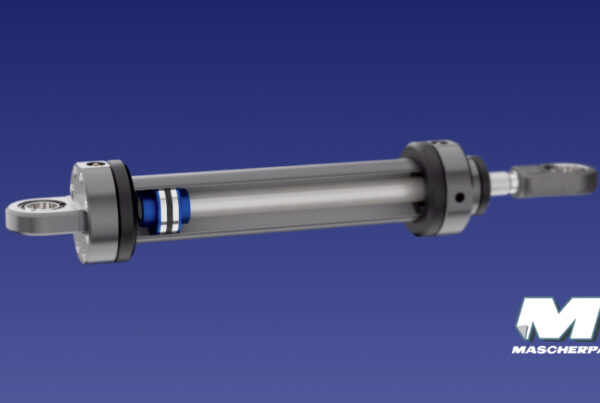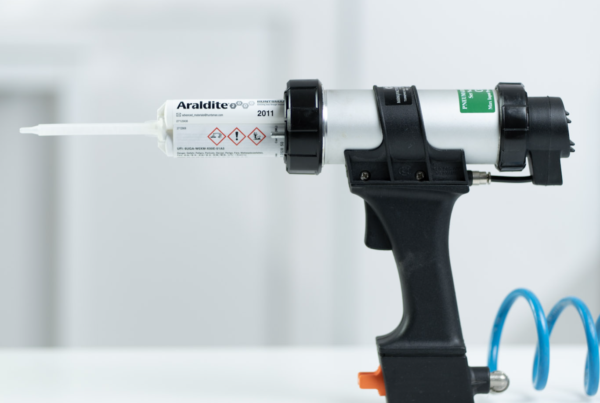Elastomer-based machine components offer an economical alternative to metal components, and proper lubrication plays a crucial role in extending their operational life and efficiency.
However, not all conventional lubrication formulas are compatible with elastomers, and the use of incompatible lubricants can lead to weakening or degradation of components.
Therefore, performing tests becomes essential to identify the right lubricant for a specific application.
Compatibility tables provide a starting point, but often lack comprehensive data.
In this context, “compatibility” refers to the minimal impact of lubricating greases on the physical properties of the polymer or elastomer in terms of size, hardness or brittleness.
The acceptability of changes in both polymer and grease depends on the intended application.
The test method described in this paper facilitates selection by evaluating swelling and observing changes in color or texture.

Compatibility testing: test methods
There are several test methods for assessing the compatibility of elastomers and polymers under different conditions, as summarized in the table below.
| Standardized method | Property valued |
| ASTM D4289 | Compatibility of elastomers with lubricating greases and fluids. |
| ASTM D471, ASTM D543, ISO 175 | Effect of liquid chemicals on polymeric materials |
| ASTM E831 | Thermal expansion of solid materials |
| ASTM D7264, ASTM D790, ISO 178 | Flexural properties of polymeric materials |
| ASTM D638, ISO 527 | Measurement of tensile properties |
ASTM D4289 outlines a method for comparing the effects of lubricants on elastomers using sheet materials to evaluate swell and durometer.
A simplified example of elastomer compatibility testing using O-rings and omitting the durometer is described here.
O-rings were chosen for surface finish consistency; durometer was omitted because previous experiments have shown a direct correlation between swelling and durometer variation (swelling/softening vs. shrinkage/hardening).
Compatible Lubricants: MOLYKOTE® G-4501 and MOLYKOTE® G-67 Extreme Pressure Grease
Mascherpa recommends lubricants such as MOLYKOTE® G-4501, a multi-purpose synthetic grease formulated to provide increased wear resistance and extended operating life for elastomer parts.
This product is compatible with numerous elastomers and offers good load-carrying capacity, making it ideal for industries that require high performance and reliability.
In addition, Mascherpa stresses the importance of choosing lubricants with high temperature and oxidation resistance, such as MOLYKOTE® G-67 Extreme Pressure Grease, which provides excellent protection from corrosion and contact between metal surfaces while maintaining compatibility with elastomers.
Conclusions
Elastomer-based machinery parts are a cost-effective alternative to metal components, and proper lubrication is critical to maximizing their operational efficiency and durability.
However, the use of incompatible lubricants can compromise the integrity of these components.
Therefore, extensive testing is essential to identify the most suitable lubricant for each application.
Using the test method described here can simplify the selection process and enable users to distinguish between valid and invalid lubricant options based on swell calculations and observation of color or texture changes.



